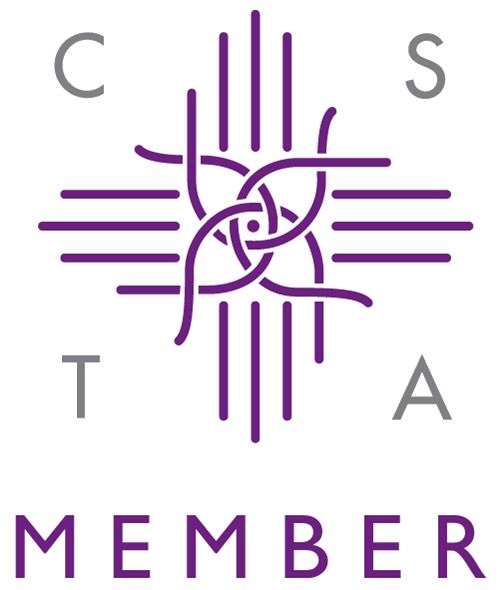Research on the application of Craniosacral Therapy:
- Craniosacral Therapy Association of the UK – Research Studies
- Craniosacral Research and Case Studies run by a practitioner
- The Upledger Institute research page.
- A Medline search courtesy of PubMed for articles on “craniosacral”
Related theoretical areas of interest
Vasomotion, Traube-Hering-Mayer
Rhythmic oscillation in the tone of the smooth muscles of the walls of the blood system is a well known phenomena and research into it stretches back into the mid 19th century. This oscillation is known by various names; vasomotion, vasomotor waves, vasomotor oscillations and Traube-Hering-Mayer (THM) waves/oscillations. An article by Nilsson and Aalkjær discuss its Mechanisms and Physiological Importance.
Researchers Kenneth E. Nelson, Nicette Sergueef and others have investigated these waves in relationship to the Cranial Rhythmic Impulse (CRI) through a number of papers, namely:
- Cranial rhythmic impulse related to the Traube-Hering-Mayer oscillation (March 2001)
- The effect of an alternative medical procedure upon low-frequency oscillations in cutaneous blood flow velocity (February 2006) which uses a CV-4 cranial technique and changes the measurable THM waves
- The palpated cranial rhythmic impulse (CRI): Its normative rate and examiner experience (March 2011)
The overall conclusion is that the THM waves and CRI movements occur simultaneously and have very similar frequencies and are both affected by cranial techniques.
Polyvagal Theory
Professor Stephen Porges has a very interesting Polyvagal Theory . It states that the Vagus Nerve (10th cranial nerve) in higher mammals receives information back from our heart and guts to the brain and together with the upper facial muscles the ability to engage in social behaviour and bonding, which he calls “Social Engagement”. It also forms a primary layer in the nervous system for response to danger and threat, so that we can engage socially around a threat in order to neutralise it, without going into “fight or flight” or “freezing” behaviour.
Energy Medicine
James Oschman has done some very interesting research into the energetic basis of bodywork. This is an area which is at the heart of what interests me – my question is “What is the nature of subtle energy”. James Oschman’s enquiries throw some light on this, especially through his book Energy Medicine – The Scientific Basis.
Solitons
The Soliton or solitary wave was first observed and described by the Scottish mathematician and engineer John Scott Russell in 1834 in the Union Canal near Edinburgh. Research into this phenomena has been taken up at Heriot-Watt University which is close to the site of the discovery. A soliton is a coherent solitary wave which does not break up or spread out or lose strength as it travels, it does not interfere with other waves it passes through. I think that the fluid fluctuations that are experienced by cranial therapists in both “longitudinal fluctuations” and “lateral fluctuations” may well be solitons generated within the body fluids.

